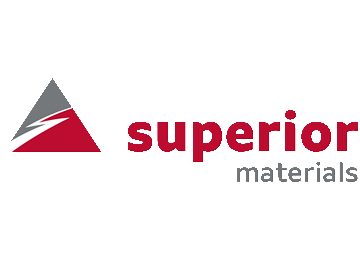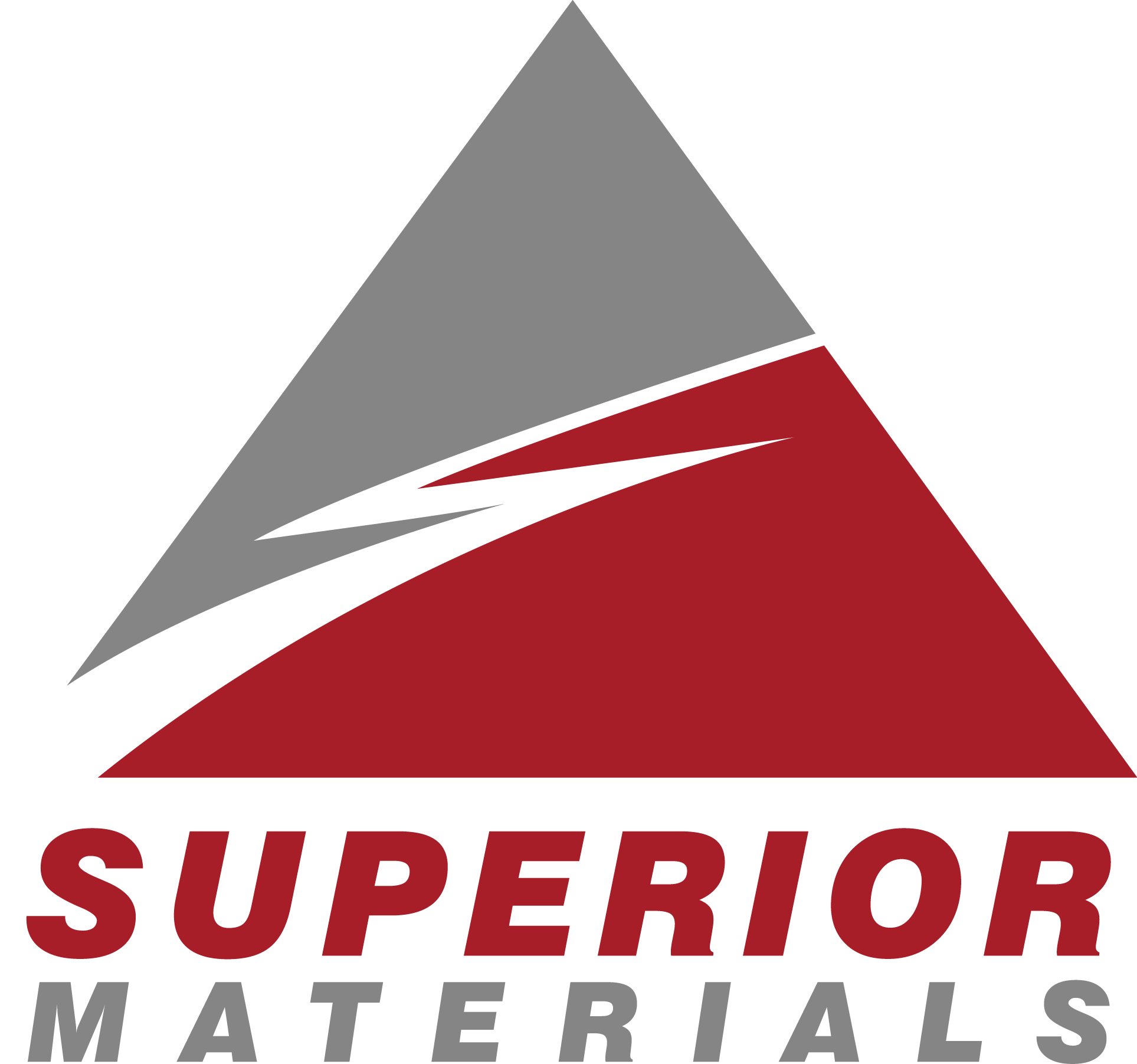We offer a full line of concrete additives that can increase the sustainability of your next project, while making concrete stronger, less susceptible to cracks, more cost efficient, and easier to place and finish. Our experienced team of concrete specialists skillfully blend sophisticated combinations of chemical admixtures, fibers, supplementary cementitious materials and color pigments to support our customers’ innovations in construction methods. We can reduce your carbon footprint while improving the quality, strength, durability and appearance of the finished concrete.
Chemical additives can be added to concrete to provide greater plasticity, workability and earlier levels of strength than from normal concrete, or to maintain concrete quality in challenging weather conditions. Admixtures decrease the amount of cement needed to achieve a given strength specification, resulting in a reduction of the carbon footprint of the concrete. There are five distinct types of chemical admixtures that all increase the sustainability of your concrete:
- Air entraining agents are added during mixing to produce microscopic air bubbles in concrete which will increase resistance to freeze-thaw cycles, improve workability, and reduce bleeding and segregation of concrete mixtures. Air entrainment is usually specified for outside concrete slabs and is not necessary for interior concrete.
- Water-reducing chemicals are used for two separate purposes: to lower the water content which increases the strength or to obtain higher slump using the same water content for pumping concrete or in hot weather.
- Retarders delay the initial set of concrete and are used primarily in hot weather.
- Accelerators reduce the initial set time of concrete and are recommended in cold weather as well as fast-track construction where early strength gain is critical. Calcium chloride is the most common and least expensive accelerator for non-reinforced concrete. Non-chloride accelerators are specified when corrosion is an issue or when placing concrete in sub-freezing conditions. Accelerators may be used to allow greater integration of supplementary cement materials, such as slag or fly ash.
- Superplasticizers or High Range Water Reducers are in a special class of water-reducers used to produce concrete for pumping concrete where high-strength is required, and congested steel reinforcement is present. Superplasticizers are the critical ingredient in self-consolidating concrete (SCC) mixes.



